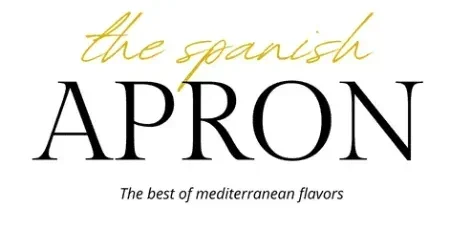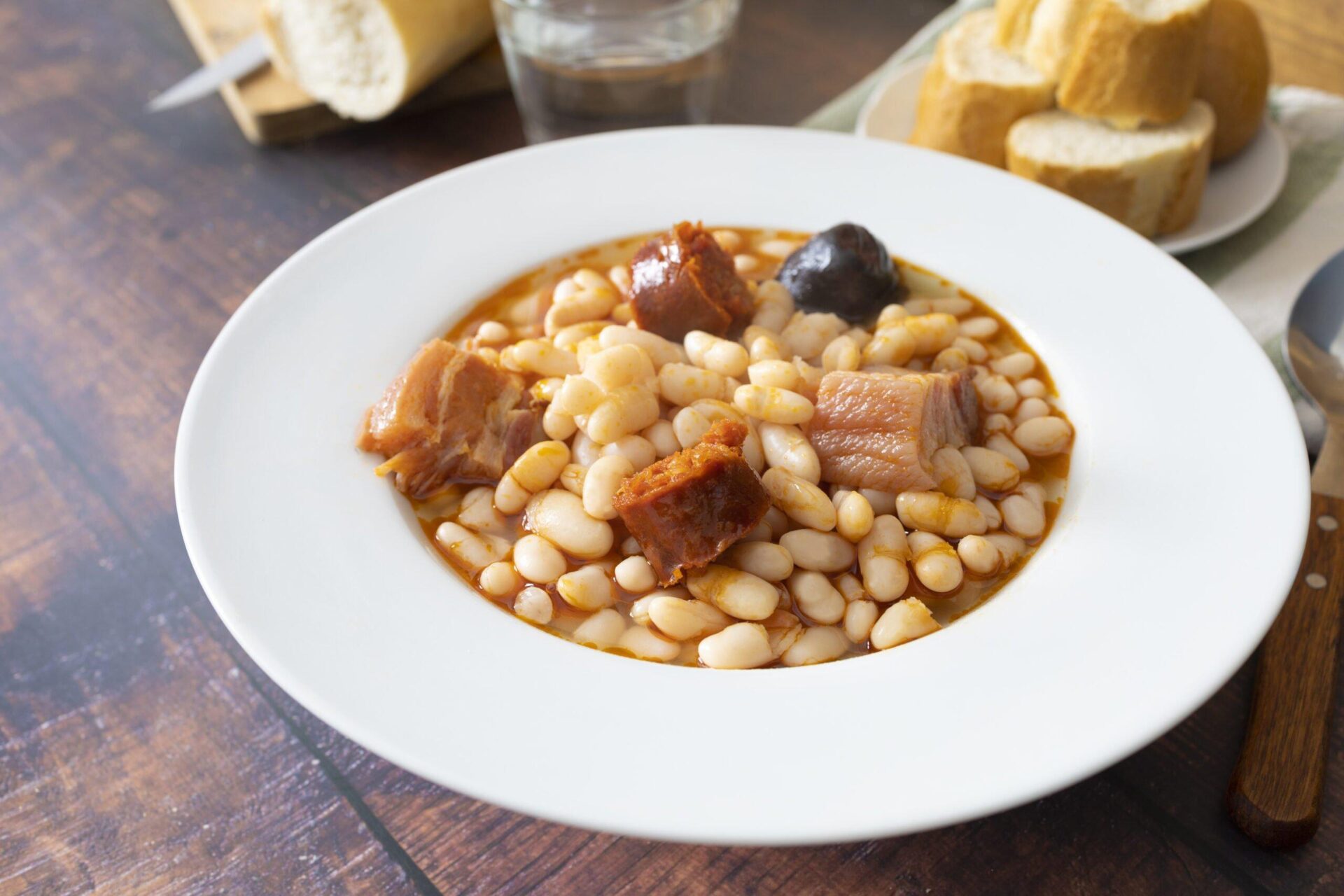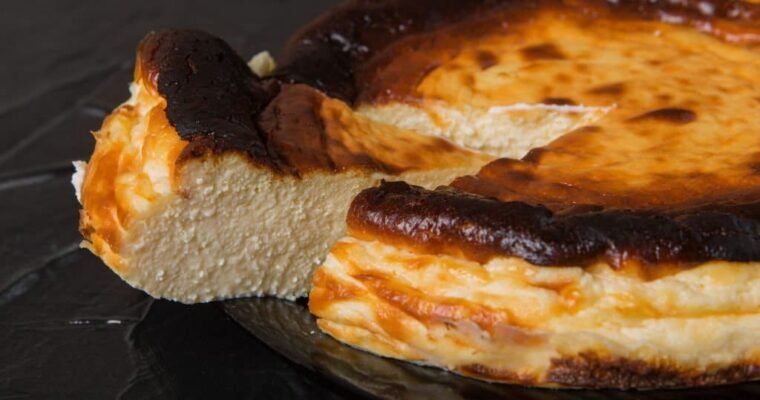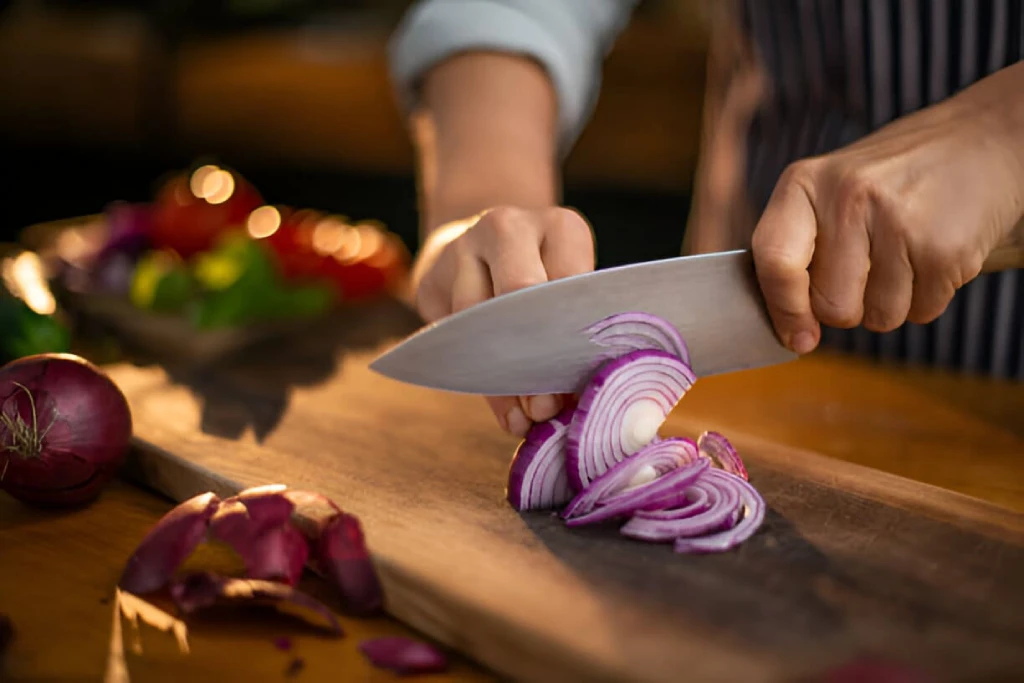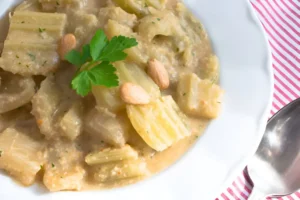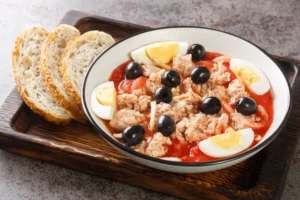Fabada Asturiana, also known as fabada, is a cherished traditional dish hailing from the Asturias region of Spain. This classic Spanish bean stew boasts rich flavors and heartwarming qualities. In this article, we embark on a culinary journey, delving into the history of fabada, exploring its delightful variations, and providing valuable tips and tricks for creating an unforgettable dining experience.
History of Fabada Asturiana
Fabada Asturiana traces its origins back to the 19th century and emerged as a staple in the rural traditions of Asturias. Originally enjoyed by farmers and shepherds, this dish gained popularity across Spain and achieved international recognition for its distinctive blend of flavors.
Variations of Fabada Asturiana
While the traditional fabada recipe remains revered, there are captivating variations that showcase regional ingredients and personal touches. Some adaptations incorporate saffron threads to infuse a touch of luxury, introduce garlic sausage (fabes verdinas) for added depth, or employ white wine to enhance the overall flavor profile.
Tips and Tricks:
- Bean Selection: Opt for large white beans known as “Fabes” for an authentic experience. If Fabes are unavailable, cannellini or Great Northern beans can serve as suitable substitutes.
- Soaking: To ensure even cooking, soak the dried beans overnight in cold water. This step aids in their tenderness and flavor development.
- Slow Cooking: Fabada benefits from slow, gentle cooking. Simmer the beans on low heat to allow the flavors to meld harmoniously and the beans to achieve optimal tenderness.
- Meats: Carefully choose your meats to elevate the final flavor. Common choices include pork shoulder or bacon, Spanish chorizo sausage, and black pudding (morcilla). Customize the meat selection based on personal preferences.
Fabada Asturiana, the iconic Spanish bean dish, holds a captivating history and promises a delightful culinary experience. With its combination of Spanish beans and flavorful meats, it continues to captivate both traditional and modern kitchens. By exploring variations and implementing expert tips and tricks, you can confidently prepare a Fabada Asturiana that will impress your loved ones and create lasting memories.

Fabada Asturiana: The Authentic and Traditional Spanish Bean Stew
Ingredients
- 500 g Dried white beans (such as Fabes)
- 200 g Pork sshoulder or bacon
- 250 g Spanish chorizo sausage
- 250 g Black pudding (morcilla)
- 1 Large onion finelly chopped
- 4 Cloves of garlic minced
- 2 Bay leaves
- 1 tsp Sweet paprika
- Salt to taste
- Water
- Olive oil for cooking
Instructions
- Soak the dried white beans in cold water overnight or for at least 8 hours. Drain and set aside.
- In a large pot, add the soaked beans and enough water to cover them by about 2 inches. Bring to a boil over medium heat and let it simmer for about 10 minutes. Skim off any foam that rises to the surface.
- In a separate pan, heat some olive oil over medium heat. Add the chopped onion and minced garlic, and sauté until they become translucent and fragrant.
- Add the pork shoulder or bacon to the pan and cook until browned. Then add the chorizo sausage and black pudding, and continue cooking for a few more minutes to release their flavors.
- Transfer the onion, garlic, and meat mixture to the pot with the beans. Add the bay leaves and sweet paprika. Season with salt to taste. Stir everything together.
- Add enough water to the pot to cover all the ingredients. Bring to a boil and then reduce the heat to low. Simmer gently for about 2 to 3 hours, or until the beans are tender and the flavors have melded together. Stir occasionally and add more water if needed to keep the beans covered.
- Once the fabada is cooked, remove the bay leaves and adjust the seasoning if necessary.
- Traditionally, fabada is served in earthenware bowls. Ladle the stew into bowls and serve hot. It pairs well with crusty bread and some Asturian cider.
